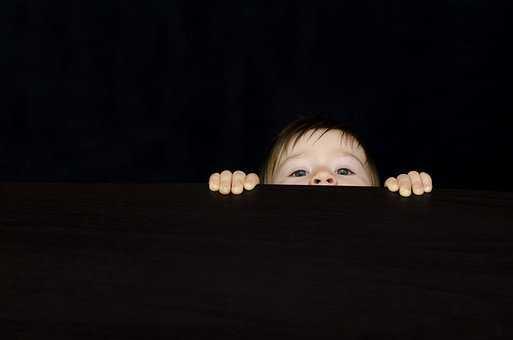The science of curiosity: why we keep asking "why"
Curated from: nesslabs.com
Ideas, facts & insights covering these topics:
5 ideas
·10.5K reads
35
Explore the World's Best Ideas
Join today and uncover 100+ curated journeys from 50+ topics. Unlock access to our mobile app with extensive features.
Curiosity declines with age
Children are extremely curious. They keep asking, "why?" and explore new things just because they want to know.
But research shows that during the schooling years, curiosity steadily declines, and as adults, we fall into fixed and convenient thought patterns.
390
1.83K reads
The mechanics of curiosity
Research around curiosity found that children at age 5 scored 98% on a creativity test. When the same children took the test at age 10, only 30% scored well on the test. By age 15, only 12% of the same children did well. Less than 2% of adults are defined as creative based on their answer to this standardised test.
Science suggests this decrease in curiosity could be caused when we feel there's no gap between what we know and what we want to know, so we just stop being curious.
412
1.58K reads
Benefits of curiosity
- Curiosity keeps you young. Those that maintain a sense of wonder throughout life live longer.
- Curiosity helps you learn. Curiosity enables you to remember new information.
- Curiosity encourages better relationships. Being really interested in other people helps build strong relationships.
466
1.55K reads
How to cultivate curiosity
- Ask questions: Randomly ask yourself why? and how?
- Read outside your field of interest.
- Be interested in people. Choose someone you haven't seen in a while, and invite them for coffee. Make it a goal to learn as much as possible about their interests.
- Practice talking less and listening more.
- Immerse yourself in a topic. Read lots of articles, books, and research papers.
- Write about this topic.
- Carry a notebook. It will make it easier to remember topics you are curious about.
- Learn about yourself. Explore your feelings, your goals, and even your family history.
- Slow down. Let your mind wander and allow questions to form.
- Hang out with a child, as this is one of the best reminders of our potential for curiosity.
576
1.68K reads
IDEAS CURATED BY
Bobby Boy's ideas are part of this journey:
Learn more about personaldevelopment with this collection
How to make good decisions
How to manage work stress
How to manage email effectively
Related collections
Similar ideas
4 ideas
Why Curiosity Matters
hbr.org
7 ideas
How to Cultivate Your Curiosity
betterhumans.pub
7 ideas
The 'Why' Behind Asking Why: The Science of Curiosity
knowledge.wharton.upenn.edu
Read & Learn
20x Faster
without
deepstash
with
deepstash
with
deepstash
Personalized microlearning
—
100+ Learning Journeys
—
Access to 200,000+ ideas
—
Access to the mobile app
—
Unlimited idea saving
—
—
Unlimited history
—
—
Unlimited listening to ideas
—
—
Downloading & offline access
—
—
Supercharge your mind with one idea per day
Enter your email and spend 1 minute every day to learn something new.
I agree to receive email updates

